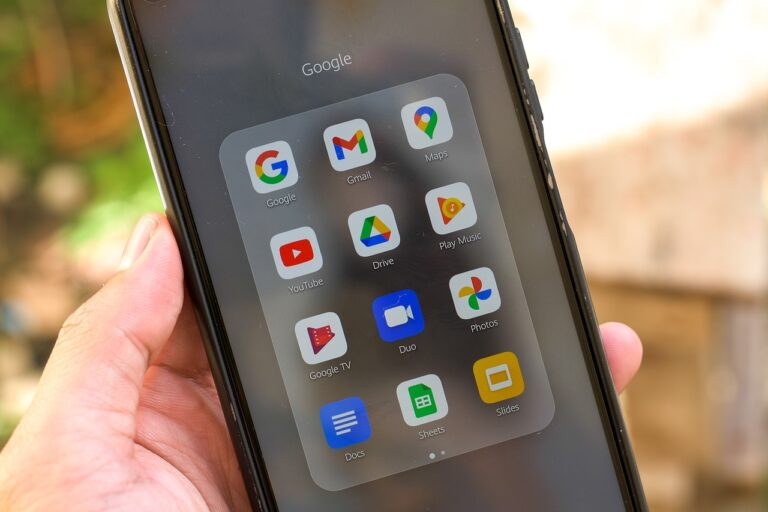The Rise of Tokenized Assets: Democratizing Investment Opportunities: 11x play online, Reddy bet, Golden777
11x play online, reddy bet, golden777: The Rise of Tokenized Assets: Democratizing Investment Opportunities
In recent years, the world of investing has undergone a significant transformation with the rise of tokenized assets. These digital tokens represent ownership of various assets, such as real estate, precious metals, art, and even company shares. This innovative approach to investing has opened up new opportunities for individuals to access assets that were previously out of reach. But what exactly are tokenized assets, and how are they democratizing investment opportunities? Let’s delve into the details.
What are Tokenized Assets?
Tokenized assets are digital tokens that represent ownership of real-world assets. These tokens are issued and traded on a blockchain, a decentralized and transparent ledger technology. By tokenizing assets, individuals can buy, sell, and trade fractional ownership of high-value assets without the need for intermediaries or traditional financial institutions.
Tokenized assets can represent a wide range of assets, including:
– Real estate properties
– Precious metals such as gold and silver
– Artwork and collectibles
– Company shares
– Commodities like oil and natural gas
The process of tokenizing an asset involves converting its ownership rights into digital tokens that are then recorded on a blockchain. Each token represents a fraction of the underlying asset’s value, allowing investors to own a portion of an asset without having to purchase it in its entirety.
How Tokenized Assets Democratize Investment Opportunities
Tokenized assets are democratizing investment opportunities in several ways:
1. Accessibility: Tokenized assets allow individuals to invest in high-value assets with lower entry barriers. By tokenizing assets, fractional ownership becomes possible, enabling investors to diversify their portfolios with smaller amounts of capital.
2. Liquidity: Traditional assets like real estate and art are often illiquid, meaning it can be challenging to sell them quickly. Tokenized assets, on the other hand, can be traded on digital asset exchanges, providing investors with increased liquidity and flexibility.
3. Transparency: Blockchain technology ensures transparency and immutability of ownership records. This increased transparency reduces the risk of fraud and provides investors with greater confidence in the tokenized asset ecosystem.
4. Lower costs: By eliminating intermediaries and streamlining the investment process, tokenized assets can reduce transaction costs and fees. This cost-effectiveness benefits both investors and asset issuers.
5. Fractional ownership: Tokenized assets enable fractional ownership, allowing investors to diversify their portfolios across multiple asset classes. This fractionalization democratizes access to investment opportunities that were previously reserved for high-net-worth individuals.
The Future of Tokenized Assets
The tokenization of assets is still in its early stages, but the potential for growth and innovation is significant. As the regulatory landscape matures and technology advances, we can expect to see more asset classes being tokenized, creating new investment opportunities for a broader range of investors.
Some key trends shaping the future of tokenized assets include:
1. Increased regulation: Regulatory bodies are beginning to establish guidelines for tokenized assets, providing greater legal clarity and protection for investors. This regulatory framework will help build trust in the tokenized asset ecosystem and encourage more widespread adoption.
2. Secondary markets: As the tokenized asset market matures, we can expect to see the development of secondary trading platforms where investors can buy and sell tokenized assets more easily. These secondary markets will enhance liquidity and price discovery for tokenized assets.
3. Institutional adoption: Institutional investors are starting to show interest in tokenized assets as a way to diversify their portfolios and access new investment opportunities. The involvement of institutional players will bring additional liquidity and credibility to the tokenized asset market.
4. Interoperability: As tokenized assets proliferate, there is a growing need for interoperability between different blockchain platforms and ecosystems. Interoperable standards will enable seamless token transfers and trading across various networks, fostering greater liquidity and efficiency.
FAQs
Q: Are tokenized assets secure?
A: Tokenized assets are secured by blockchain technology, which provides robust security measures to protect asset ownership records and transactions.
Q: How can I invest in tokenized assets?
A: To invest in tokenized assets, you can look for digital asset exchanges that offer a range of tokenized assets for trading. Make sure to conduct thorough research and due diligence before investing.
Q: What are the risks associated with tokenized assets?
A: Like any investment, tokenized assets carry risks such as price volatility, regulatory uncertainty, and market illiquidity. It’s essential to understand these risks and consider them when investing in tokenized assets.
Q: Can I tokenize my own assets?
A: Yes, individuals and companies can tokenize their assets by working with tokenization platforms that specialize in converting real-world assets into digital tokens. This process involves legal and technical considerations that should be carefully evaluated.
In conclusion, the rise of tokenized assets is revolutionizing the investment landscape by democratizing access to a diverse range of assets. This innovative approach to investing offers increased accessibility, liquidity, transparency, and cost-effectiveness, creating new opportunities for investors worldwide. As the tokenized asset market continues to evolve, we can expect to see more innovations, regulatory developments, and institutional involvement shaping the future of this exciting investment frontier.







